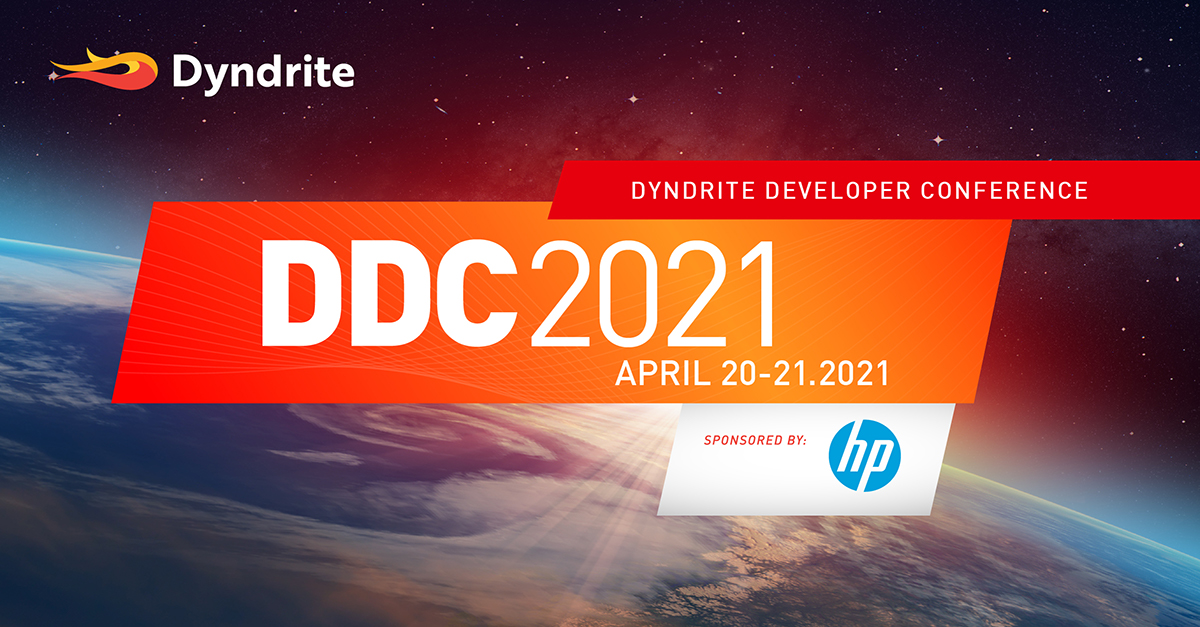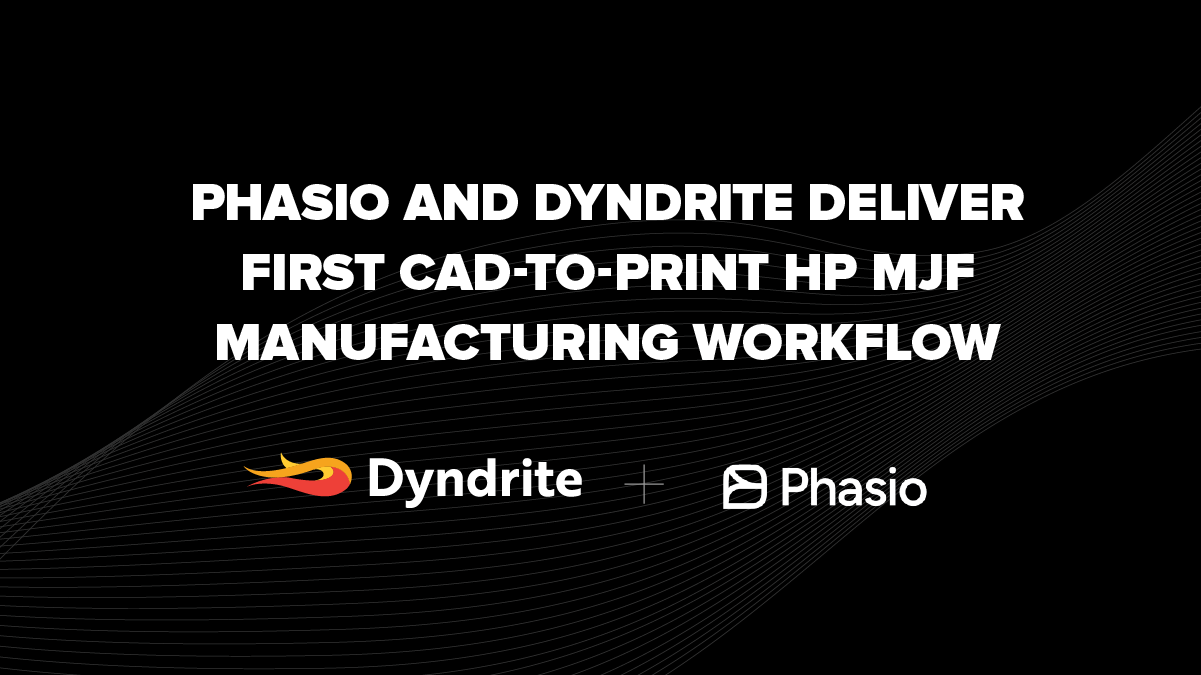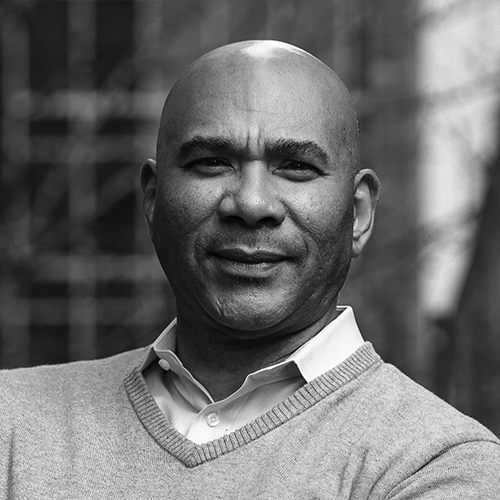The Importance of Open Parameters in Additive Manufacturing
Blog Summary:
The Problem: Parameter sets are the intellectual property of machine vendors, and material properties are closely guarded and expensive to characterize. This situation holds back the AM industry due to the high costs and time required to develop new data.
The Vision: To fundamentally change how material characterization, parameter development, and material performance are executed and made available to consumers.
The Opportunity: Empower manufacturers, materials producers, designers, and OEMs with material performance data and reliable testing. This will enable hyper-fast testing, de-risking new materials and programs, and expanding the reach of AM.
The Solution: Make publicly available open parameter sets for quick and cost-effective use, thereby expanding the reach and adoption of AM technologies.
The Importance of Open Parameters in Additive Manufacturing
For additive manufacturing (AM) to grow, the way manufacturers acquire and develop material parameters must evolve, particularly in relation to the specific parts they aim to produce.
Additive Manufacturing (AM) is revolutionizing how products are designed and produced, offering unparalleled flexibility and customization. Central to the success of AM processes is the precise control of parameters that dictate how a machine handles a particular material, whether it be Laser Powder Bed Fusion (LPBF), Fused Deposition Modeling (FDM), or another technique. These parameters are critical as they guide the machine in modulating the process for specific materials, ensuring optimal performance and quality.
The Challenge of Perfect Parameters
There is no one-size-fits-all parameter set in AM. The effectiveness of a given parameter is highly dependent on several factors, including the specific machine being used, the material and its supplier, and, for production parts, the part geometry. For instance, a parameter set that works for one type of aluminum may not be suitable for another kind. Additionally, within a single part, different areas might require different parameters. For example, parameters that allow faster processing in the center might need to be adjusted to slower, more precise settings on the surfaces to ensure the highest quality surface finish.
Physical Testing: Ensuring Mechanical Properties
To ensure the mechanical properties of additive manufacturing (AM) parts, it is essential to test the output, oftentimes printing samples and subjecting them to rigorous tensile and fatigue testing. Tensile testing measures the material's resistance to tension, providing critical data on strength, elongation, and modulus of elasticity, while fatigue testing evaluates durability under repeated stress cycles. These tests are crucial for assessing the strength and lifespan of materials used in critical applications, ensuring that parts meet required quality standards and specifications. Additionally, the data obtained from these tests help identify defects and inconsistencies, enabling manufacturers to refine and optimize AM process parameters for enhanced material performance.
Conducting physical testing is also vital for compliance with industry standards, especially in sectors like aerospace, medical, and automotive industries. It validates material performance, ensures adherence to stringent regulations, and provides confidence to both manufacturers and end-users. By identifying potential weaknesses early in the production process, physical testing reduces waste, rework, and liability issues, contributing to overall cost-efficiency. Moreover, it facilitates the exploration and validation of new materials and innovative designs, allowing manufacturers to customize and innovate AM parts for specific applications, thus advancing the capabilities and reliability of additive manufacturing technologies.
Challenges with OEM Parameters
Typically, Original Equipment Manufacturers (OEMs) provide reliable parameters that work reasonably well for a range of materials and part geometries. However, the development of such parameters is effortful and expensive and so, oftentimes are limited to a subset of a few materials, usually only those sold by the OEM. Further, at least in published form, such parameters are not dialed into the types of features that users often need, i.e. thin walls, low self-supporting angles, lattice structures et al. never mind the specific geometry or surface finish of a customer’s part. Consequently, OEM-provided parameters, used as is, are oftentimes only good enough as a starting point to develop the parameters needed to yield the desired results.
One key issue with generalization is that OEM-provided parameters are usually based on the concept that a single parameter set will be applied to each part. This approach is not always ideal, especially for complex parts. Historically, to overcome this, customers often resort to breaking models into multiple sections, applying different parameter sets to each section, and then stitching them back together in the build preparation phase. While this hack gets you where you need to go, it requires strong process know-how, is time-consuming, error-prone, and often fails when working with complex shapes, or small features. Eliminating this labor-intensive step is critical to expanding the use of LPBF.
What If You Want to Use a Non-OEM Material?
Separately, if you want to use material not provided by an OEM, you will face significant challenges in developing all the necessary parameters yourself. As mentioned, parameter development is a costly and time-consuming endeavor and is often seen as a non-starter for widespread adoption of AM.
"A lack of known, well-tested, and flexible printing parameter sets is slowing the adoption of additive manufacturing," said Ravi Shahani, Ph.D., Additive Manufacturing Chief Engineer at Constellium. "Metal 3D users are either limited by materials offered by their OEM or waste an inordinate amount of time and resources developing and requalifying parameter sets, often starting from scratch each time."
Dyndrite's Solution: More accessible Parameters. More Accessible AM.
Dyndrite is tackling these challenges head-on. First, by offering tools that simplify materials and process development and second, by building industry relationships and launching initiatives that highlight the importance of transparency and standards. These efforts provide manufacturers with open references and starting points that facilitate faster progress and reduce costs. We believe that transparency and data access are essential for fostering knowledge and innovation.
Our flagship product, Dyndrite LPBF Pro enables materials and process development scientists and engineers to create and deploy advanced toolpaths and parameter sets specific to a machine, material, and the part feature they’re attempting to print, be-it thin walls, cantilevers, and/or domes. Moreover, we’ve established partnerships with part and parameter development and testing companies such as Mimo Technik and Astro Test Labs to incorporate Dyndrite within their “MASTRO” parameter development and testing process.
"Our goal with MASTRO was clear from the outset: to streamline the process for organizations to onboard new materials and become production-ready on their machines sooner," said Humna Khan, CEO and Co-founder of Astro. "We aim to reduce the iterative process traditionally associated with material qualification, lowering both the time to market and the cost of introducing new parts. By establishing a clear, standardized framework for material characterization and qualification, we are not just facilitating a smoother entry to market but also fostering confidence in the parts produced through AM."
Mimo Technik and ASTRO's hyperfast qualification process has achieved a 6x speed boost for machine, material, and process qualification. With the help of Dyndrite, their qualification time frame has been reduced from 6 months to under 30 days, meeting the stringent requirements of a major aerospace prime.
Jonathan Cohen, the founder and CEO of MimoTechnik adds, “The journey of bringing a new material into the AM process is fraught with challenges. Recognizing this, our teams embarked on demystifying the process, ensuring that the standardization of testing and data collection, following the development of parameter sets, is straightforward and unambiguous. Dyndrite has been the perfect partner to address the complexities of collecting significant data for understanding manufacturing with novel superalloys,”
AM Materials Consortium - A new initiative
Furthermore, to ensure that the industry comes together to help further the availability of parameters, Dyndrite, along with materials producers, has formed the first industry-led "Materials Consortium" for AM. Members such as metal powder producers Constellium, Elementum3D, Sandvik, and most recently, Equispheres, have pledged to make tested parameter sets freely available to the public. This joint effort aims to make LPBF process parameters and related testing data more widespread and referenceable. Mimo Technik, Astro Test Labs, and the Dyndrite-powered MASTRO process will be a direct support mechanism for the Materials Consortium, acting as a fabrication and testing resource for developing open parameters for members.
"We applaud Dyndrite for their foresight in bringing materials suppliers together in support of the designers and manufacturers. This effort is designed to grow our industry by giving innovators a solid head start for realizing their innovations," said Dr. Jeremy Iten, Chief Technology Officer, Elementum 3D. "For us, Dyndrite’s LPBF tools have allowed us to increase geometric capability and print quality while dramatically reducing the time it takes to prepare builds. Parameter sets developed using Dyndrite surpassed our previous capability for supportless low-angle features, thus expanding the range of applications favoring additive manufacturing. Dyndrite is helping Elementum 3D deliver a more effective product to our customers."
Summary
The additive manufacturing (AM) industry faces a significant challenge: material parameter sets are the intellectual property of machine vendors, and material properties are closely guarded and expensive to characterize. This situation hampers industry growth due to the high costs and time required to develop new data. Our vision is to fundamentally change how material characterization, parameter development, and material test data are executed and made accessible to consumers.
By empowering manufacturers, materials producers, designers, and OEMs with material performance data and reliable testing, we can enable hyper-fast testing, reduce the risks associated with new materials and programs, and expand the reach of AM. The solution lies in making open parameter sets publicly available for quick and cost-effective use. This approach will significantly enhance the adoption and advancement of AM technologies.
Click Here to watch how Mimo Technik & Astro incorporated Dyndrite into MASTRO, their development process.
Find out more on this topic by attending Dyndrite Developer Conference 2021, April 20-21 (virtual event)
 Register for DDC2021. It's free!
Register for DDC2021. It's free!



